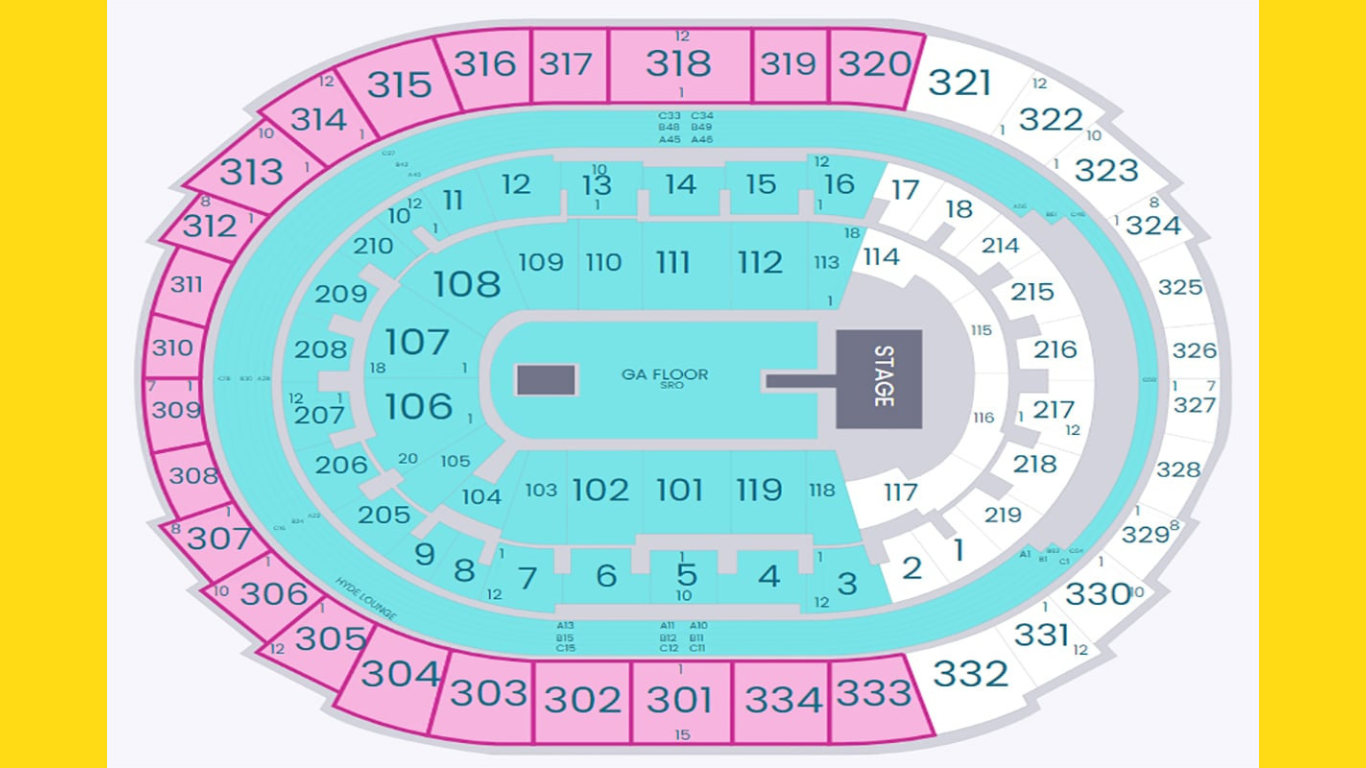Cryptographic forms of money, likened to a clamoring field, present a powerful scene loaded up with different computerized resources competing for incomparability. In this complete aide, we’ll take apart the complexities of the “crypto arena seating chart,” giving a guide to both prepared financial backers and novices. As we dig into the ringside seats, mid-level positions, and general confirmation regions, the objective is to offer a nuanced comprehension of the crypto space.
Ringside Seats – Major Cryptocurrencies
Bitcoin (BTC)
Bitcoin, frequently referred to as the “Heavyweight Champion,” orders the middle of everyone’s attention in the crypto field. With unmatched market capitalization, Bitcoin stays the undisputed lord, establishing the vibe for the whole market.
Ethereum (ETH)
In the neighboring ring, Ethereum arises as an imposing competitor. With its shrewd agreement capacities, Ethereum assumes a significant part in the decentralized money (DeFi) space, testing Bitcoin’s strength.
Binance Coin (BNB)
A rising star in the crypto space, Binance Coin gets a noticeable situation in the first columns. As the local badge of the Binance trade, BNB assumes a diverse part of the crypto biological system.
Mid-Tier Seats – Altcoins and Specialized Tokens
Ripple (XRP)
Taking an essential seat, Wave works in quick and practical cross-line exchanges. Situated as a disruptor in customary banking, XRP plans to rethink worldwide installment organizations.
Cardano (ADA)
Development becomes the dominant focal point with Cardano, getting a striking seat. With a pledge to scholarly examination and a versatile blockchain, Cardano separates itself as a groundbreaking player in the crypto field.
Polkadot (DOT)
Decisively situated, Polkadot works with consistent correspondence between various blockchains. Its emphasis on interoperability expects to make a more associated and versatile trap of decentralized networks.
General Admission – New and Promising Projects
Solana (SOL)
Amid the developing group, Solana tracks down its place by standing for rapid and minimal expense exchanges. The blockchain’s versatility has earned consideration, making Solana a competitor in the race for standard reception.
Chainlink (LINK)
Getting an unmistakable position, Chainlink works in decentralized prophets, overcoming any barrier between shrewd agreements and true information. Its job as a foundation part cements its significance in the crypto space.
Uniswap (UNI)
As a group number one in the decentralized money unrest, Uniswap has its spot in the overall conformation segment. Offering decentralized trade administrations, Uniswap contributes altogether to the developing scene of DeFi.
FAQs
Q1: What is the Crypto Arena Seating Chart?
The Crypto Field Seating Graph is a figurative portrayal of the digital money market scene. It sorts different computerized resources into various segments, looking like ringside seats, mid-level positions, and general confirmation regions. This idea assists financial backers with grasping the general positions and significance of various digital forms of money inside the market.
Q2: Which cryptocurrencies are considered “Ringside Seats”?
Ringside Seats normally allude to significant digital forms of money that hold critical market capitalization and predominance. Bitcoin (BTC) and Ethereum (ETH) are great representations, of possessing focal situations in the Crypto Field Seating Graph.
Q3: What distinguishes the “Mid-Tier Seats” in the Crypto Arena?
Mid-level seats incorporate altcoins and specific tokens that have essential elements or capabilities. Models incorporate Wave (XRP), known for cross-line exchanges, Cardano (ADA) with an emphasis on development, and Polkadot (Speck) for its interoperability highlights.
Q4: How are new and promising projects categorized in the Crypto Arena?
New and promising ventures fall under the “General Confirmation” classification. These undertakings, like Solana (SOL), Chainlink (Connection), and Uniswap (UNI), may offer special highlights, advancements, or applications that add to the developing scene of digital currencies.
Closing thought
Understanding the crypto field seating outline is basic for financial backers exploring the steadily influencing universe of digital currencies. Each crypto resource, whether involving ringside seats, mid-level positions, or general affirmation regions, contributes interestingly to the more extensive biological system. This exhaustive aid fills in as a guide, supporting financial backers in settling on informed choices and profiting from the heap of potential open doors inside the dynamic crypto space. With a nuanced perspective on the crypto field, achievement turns into a reachable objective in this enthralling and developing business sector.
1st: Crypto Loco: Revolutionizing the Financial Landscape
2nd: Crypto Arena Seating Chart: A Comprehensive Guide
3rd: Crypto Loko No Deposit Bonus: An Ultimate Guide to Free Spins
4th: Crypto Loko Casino Login Guide for Seamless Gaming
5th: Art of the Deal: A Step-by-Step Guide on How to Buy Trump NFT








